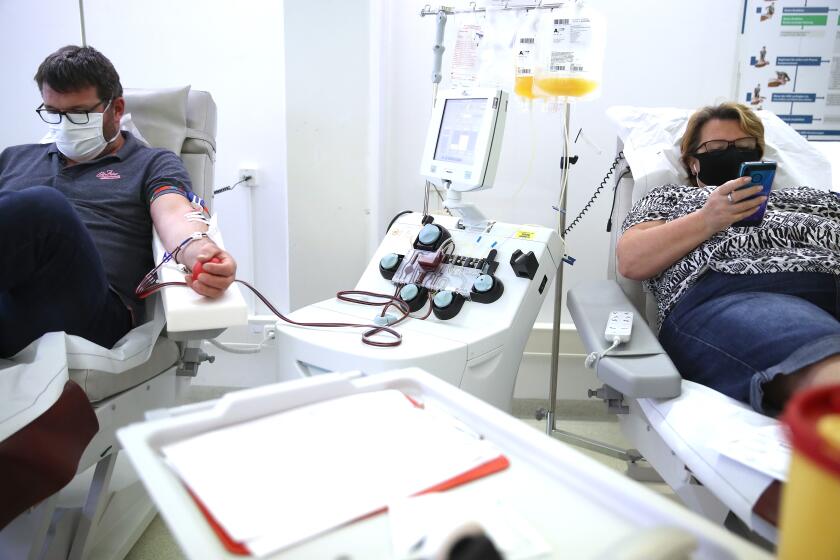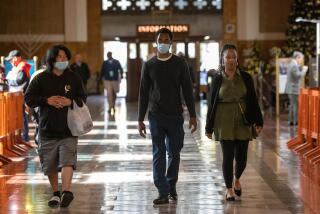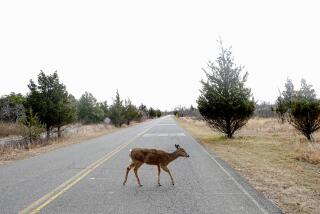How will the COVID-19 pandemic end?
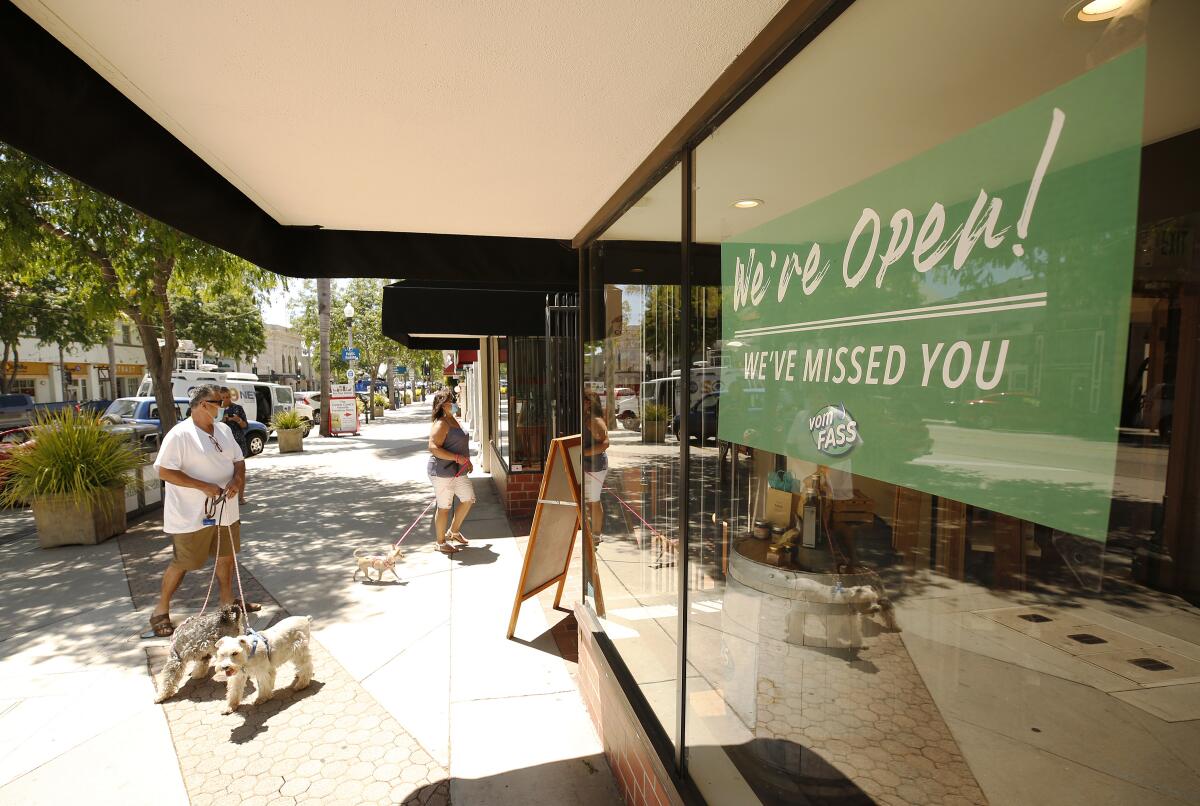
To prevent a dangerous new virus from having its way with humankind, you might take a page from the Chinese warrior king Sun Tzu, and think like the enemy.
Imagine you are a coronavirus, in a form never before seen by humans. Your goal is simple but wildly ambitious: invade and hijack the cells of a new host and multiply for as long it takes to establish your spawn in at least one other new host.
Repeat until there are no humans left to infect.
Since its emergence in Sun Tzu’s homeland, the coronavirus known to scientists as SARS-CoV-2 has gone about its task with vigor and success. It has jumped national borders with ease, infecting more than 9 million people around the world and killing at least 470,000 in about seven months. The roughly 7.7 billion people who have evaded infection so far seem to be squarely in its sights.
But humankind has a few tricks of its own.
In fits and starts, public health officials have mustered their citizens to shun the kinds of gatherings that provide a virus rich opportunities to spread. Scientists have peered into the coronavirus’ genome to unlock secrets about where it came from, how it has evolved and what it will take to thwart it.
Now it’s a race to see which side gains the upper hand.
Viruses are not as smart as humans, but they are much more patient, said Harvard University epidemiologist William Hanage. And this virus’ track record does not bode well for a strategy of ignoring it in hopes it will burn itself out, he added.
“That would be waiting for the virus to help us,” Hanage said. “That’s not a good idea.”
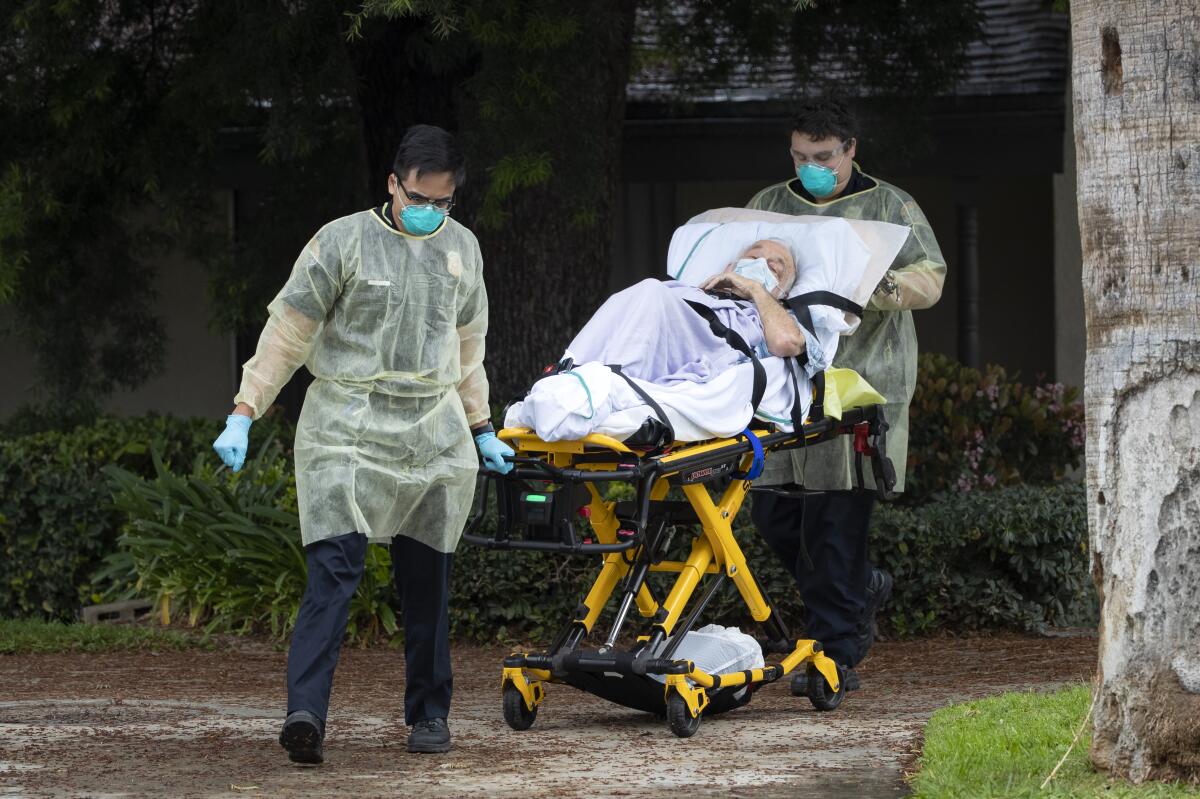
The imperatives of survival make a successful virus an unpredictable guest — cruel to some, kinder to others, and capable of evolving new strategies as its pool of potential targets thins.
“There’s no reward for a virus lineage to be easy on its host,” said Frederick M. Cohan, an evolutionary biologist at Wesleyan University.
It must not kill him immediately, as many early forms of the Ebola virus did to their victims. Such outbreaks are destined to fizzle.
But a successful virus is fine with leaving its victim a depleted shell, Cohan said: As long as it has succeeded in making him sick enough to draw others to his bedside where they’re exposed to his bodily fluids or respiratory droplets, it will live to infect another victim.
It need not be choosy about its victims, at least initially. It can spare the young and healthy and go after the weak and infirm first, as the coronavirus appears to be doing.
But experts believe that a virus that stands the test of time will ease up as its potential hosts dwindle and public health precautions take hold.
To continue to spread under such circumstances, a virus must leave many of its victims in good enough shape to move around. It could attack younger hosts, who may not get as sick but will be better spreaders. It could be transmitted by people who don’t even realize they’re infected. The coronavirus has done all of these, to great effect.
Many viruses have an inherently uphill battle to climb: As they make their way through a population, the victims they infect will either die or recover. And those who recover will typically emerge with some immunity.
In exploring coronavirus immunity as the nation reopens, scientists still want to know how long immunity lasts and whether it protects everyone equally.
So after its initial romp through a target-rich environment, a novel virus finds its potential victims have dwindled. People vulnerable to infection are not so close together anymore. That’s a problem for a respiratory virus like SARS-CoV-2 that can only spread if potential hosts are clustered together. (Many other viruses spread in water, or in the bellies of mosquitoes, fleas and birds, so social distancing doesn’t counter those as well.)
An overly aggressive virus may become a victim of its own success, infecting so many people so fast that it creates what epidemiologists call “herd immunity.” In that scenario, the uninfected targets that remain are just too far apart for the pathogen to keep spreading.
Of the seven coronaviruses known to make humans sick, at least four have found a way to circumvent herd immunity and sustain themselves for the long haul. These viruses, all which cause variations on the common cold, leave most of their victims with immunity that wanes in little more than a year. The pool of people who are susceptible to becoming hosts is continuously renewed as infected people’s immune defenses “forget” the virus that has made them ill before.
No one knows if the coronavirus that causes COVID-19 shares that trait. But a welter of studies suggests that, in many who were infected, immunity is either weak or transient.
As a matter of evolutionary biology, there’s another way to maintain an inexhaustible supply of potential hosts: If a virus can mutate fast enough, and in specific ways, it can elude recognition by an immune system it has encountered it before.
The new coronavirus mutates steadily because its genetic instructions are encoded in RNA. Compared to a DNA virus like the one that causes measles, an RNA virus is simpler, and less likely to correct the mistakes that accrue each time it replicates.
Most of the mutations are tiny substitutions of nucleotides that have no effect on the virus’ behavior. But over time, those accumulated errors can change the way it looks to an immune system, or how it interacts with its environment or its hosts. And every once in a while, a mutation (or series of them) hands the virus a sudden advantage.
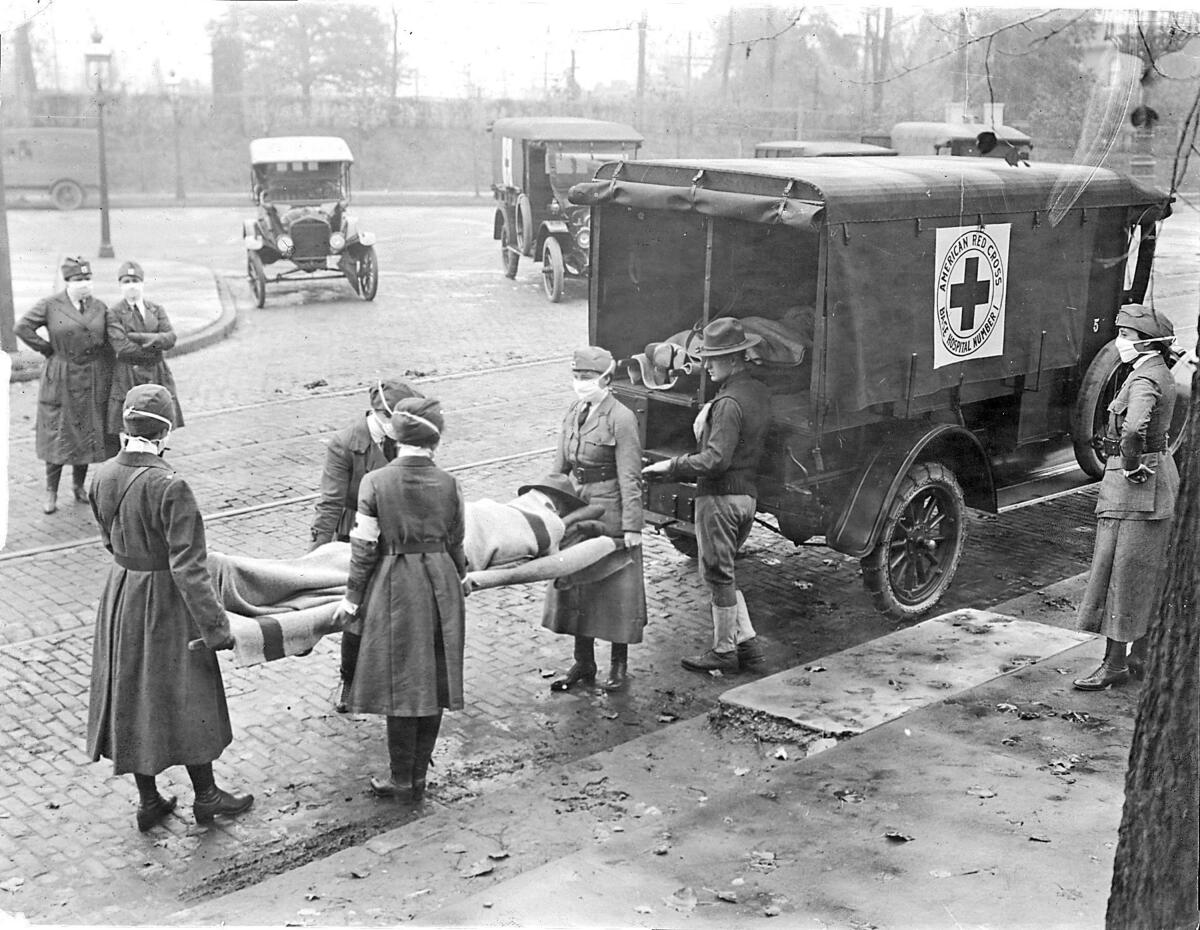
The 1918 influenza pandemic took off after a chance mutation turbocharged its reproductive machinery. Patients got sicker more quickly, and with their immune systems fully mobilized, they expelled more virus when they coughed and sneezed — infecting more of the people around them.
Scientists have watched the new coronavirus’ genetic makeup change, prompting some to assert that more virulent and transmissible strains are circulating. Those claims have been fiercely debated. But SARS-CoV-2’s knack for shape-shifting is what transformed it from a virus that thrived in bats and possibly pangolins into one capable of infecting humans.
Additional mutations could bring new challenges for humans — or new opportunities. If we’re lucky, a mutation could make the virus less infectious, or less lethal.
But humans, too, have appropriated some tricks to counter viral strategies like these.
Long before our ancestors understood that germs spread disease, they realized that creating distance between people resulted in fewer of them getting sick. During an outbreak, those with means fled cities for their homes in the country. Those who stayed avoided the marketplace. Public spectacles were canceled. It was the beginning of the public health strategy we now call social distancing.
The coronavirus needs people to jostle close to each other and touch common surfaces in order to spread from person to person. Social distancing alters the environment to mimic the effects of herd immunity.
The other way to deny a virus new hosts is to put more people in the “recovered category” — a status that more than 4.6 million people now have.
You do that by letting the pandemic run its course, assuming that immunity will last. Or you can make a vaccine.
Operation Warp Speed aims to produce 300 million doses of a COVID-19 vaccine by the end of the year. If scientists succeed, it would be a first.
Allowing the coronavirus to have its way with humanity would be a disaster on a scale somewhere between disastrous and unimaginable: Harvard epidemiologist Marc Lipsitch has estimated that with minimal human intervention, SARS-CoV-2 would plausibly infect 20% to 60% of all adults — between 1.5 billion and 4.5 billion people. Even if it ends up being no more deadly than the seasonal flu — a highly optimistic assumption — between 1.5 million and 4.5 million would die.
A widely deployed vaccine could provide herd immunity, stopping the virus in its tracks and resulting in far fewer deaths. But that will take time. Dr. Anthony Fauci, director of the National Institute for Allergy and Infectious Diseases, has said that parallel efforts to design, test and produce many vaccines will probably yield at least one by year’s end.
Until then, this wily foe has time on its side and some proven tricks to sustain itself.
While the coronavirus may not touch every person on the planet, it appears to have gained the foothold it needs to keep trying, said Columbia University virologist Angela Rasmussen. Like many flu viruses, it could mutate just enough from year to year to seem new to our immune systems each time it comes around. It could also change in ways that make it more like the four other coronaviruses that have infected humans for eons: killing few while making most people just sick enough to pass it on.
From a virus’ point of view, the definition of success is “to become the common cold,” Cohan said. Along with many microbiologists, he suspects this virus has what it takes to go the distance. Humans could outsmart it with a good vaccine, though the immunity it offers may be only temporary. And many who do not fear catching the virus would probably skip it anyway.
He hopes his suspicions are wrong. But a career of studying disease-causing microbes has been chastening, he said.
“We’re not smart enough to know what they’re going to do,” Cohan said. “And if we think we know, they’ll just surprise us.”
